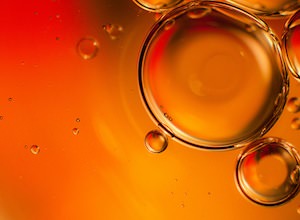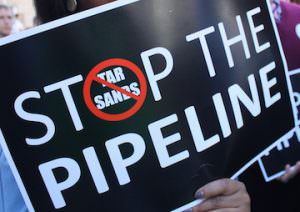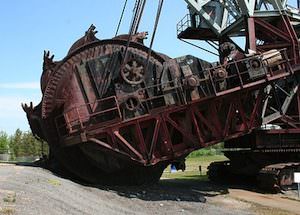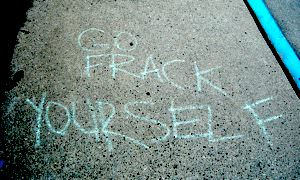Tar Sands Catastrophe: Months-Long Leak Still Bubbling Away
Four months after a leak was first noticed in a northern Alberta, Canada, tar sands field, operators still don't know what caused it or how to stop it. Now a lake will be drained to try to find the source -- a catastrophe that points up the industry's failure to understand its own processes.
Four months ago, crews began noticing crude oil bubbling up from below ground in a tar sands field in northern Alberta, Canada, a cluster of four leaks that officials say has been controlled — yet not stopped.
An early assessment was that the leaks came from “mechanical failures of wellbores in the vicinity of the impacted areas,” according to Canadian Natural Resources Ltd., the operator of what is known as the Primrose site. Oddly, state regulators said later that it is too soon to tell what the cause might be, but it has ordered CNR to drain a lake to try to expose the sources of the leaks, and plug them.
Note that this environmental disaster occurred before the tar sands oil even gets to a pipeline, which adds further weight to the argument that tar sands oils are bad for the environment, from extraction to consumer. And yes, there’s a fracking overlay here too, according to ThinkProgress:
Part of the reason why it’s so hard to determine cause of the leaks at the Primrose facility — and stop them — is that they occur underground. Instead of the open pit mining that tar sands operations are most famous for, the operation uses cyclic steam simulation, a process similar to fracking that pushes high-pressure steam underground, creating cracks in rock from which trapped oil can escape. CSS extraction is required to reach about 80 percent of Alberta’s tar sands. But the CSS projects aren’t the only ones to spill — on average, Alberta has had two crude oil spills per day for the last 37 years, according to data from the Energy Resources Conservation Board.
The Primrose leaks have been devastating to local wildlife, and offer a micro view of the damage such leaks can have on a larger scale.
The first of the four ongoing leaks at the Primrose site was reported May 20, and may well have started leaking long before that. As of September 11, the leaks have spilled more than 403,900 gallons — or about 9,617 barrels — of oily bitumen into the surrounding boreal forest and muskeg, the acidic, marshy soil found in the forest. In addition, 14,491 metric tons — 31,947,188 pounds — of “impacted soils” have been removed from the site, along with 515 cubic meters — 18,151 cubic feet — of oily vegetation. Two beavers, 49 birds, 105 amphibians and 46 small mammals have been killed as a result of the spill, according to the Alberta Energy Regulator.
Canadian regulators also are trying to assess whether the spill has affected groundwater, which would mean another disastrous turn for a process that Canada Greenpeace has argued should be halted because the operators’ inability to figure out the cause of the leak, let alone stopping it, means they don’t fully understand their own technology. But with the regulators resisting even the operators’ self-assessment that there’s a mechanical failure, proactive steps by government regulators don’t seem likely.
—Posted by Scott Martelle.
Your support matters…Independent journalism is under threat and overshadowed by heavily funded mainstream media.
You can help level the playing field. Become a member.
Your tax-deductible contribution keeps us digging beneath the headlines to give you thought-provoking, investigative reporting and analysis that unearths what's really happening- without compromise.
Give today to support our courageous, independent journalists.




You need to be a supporter to comment.
There are currently no responses to this article.
Be the first to respond.